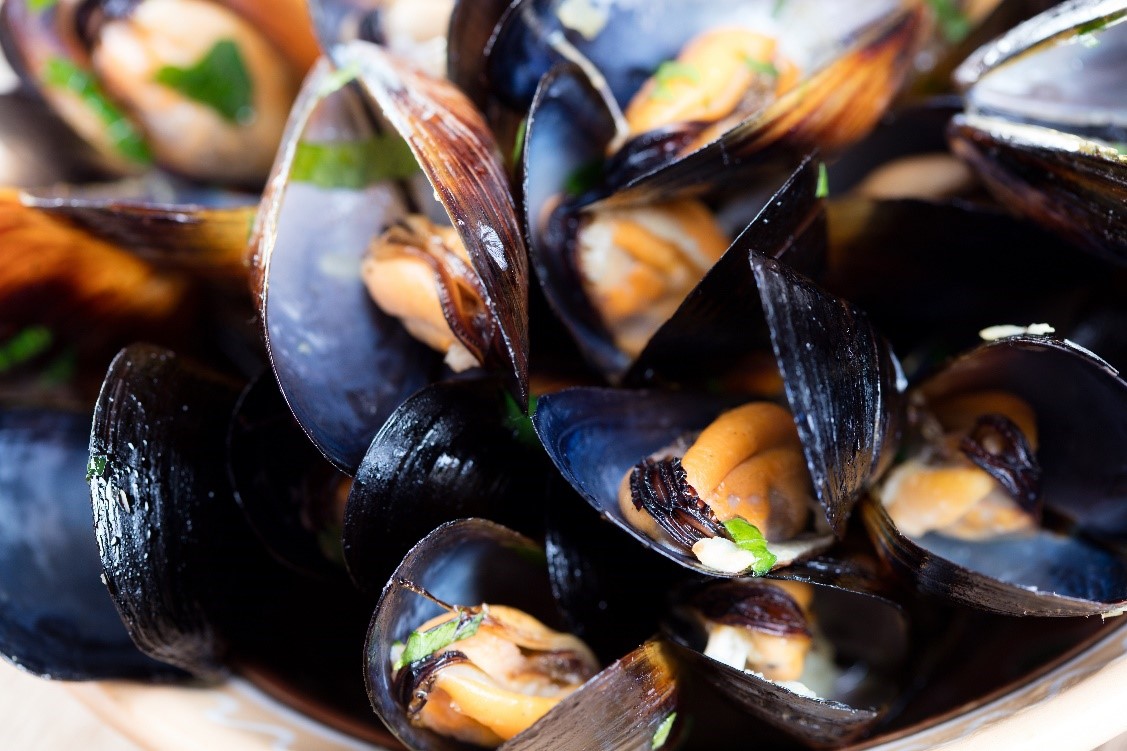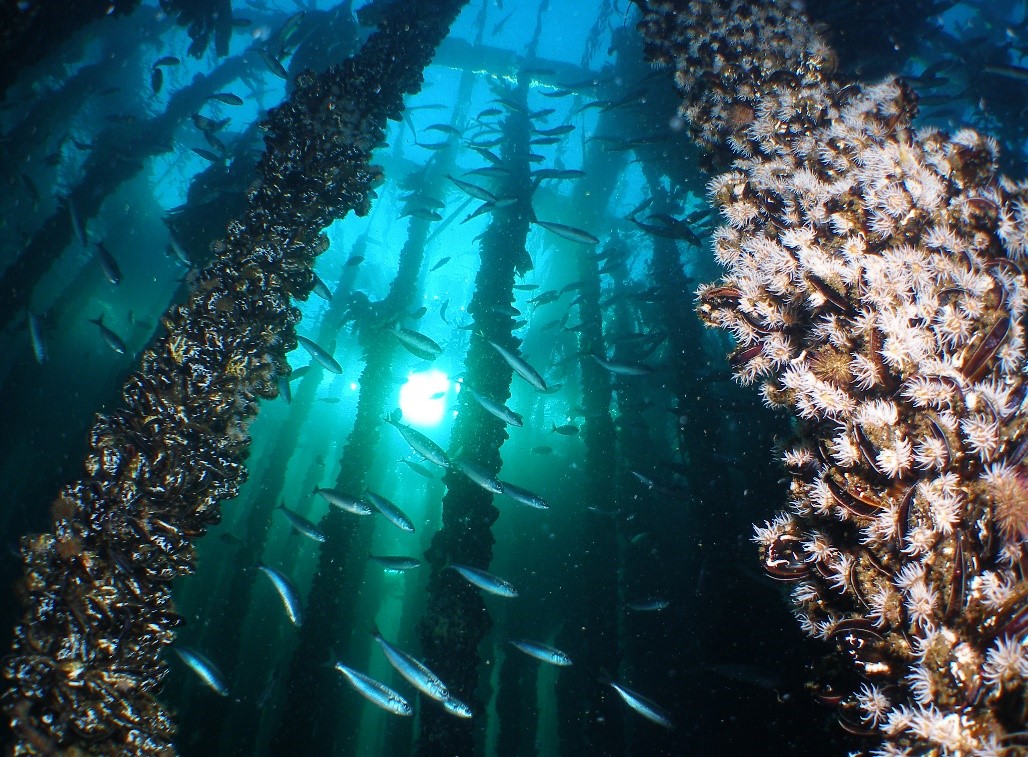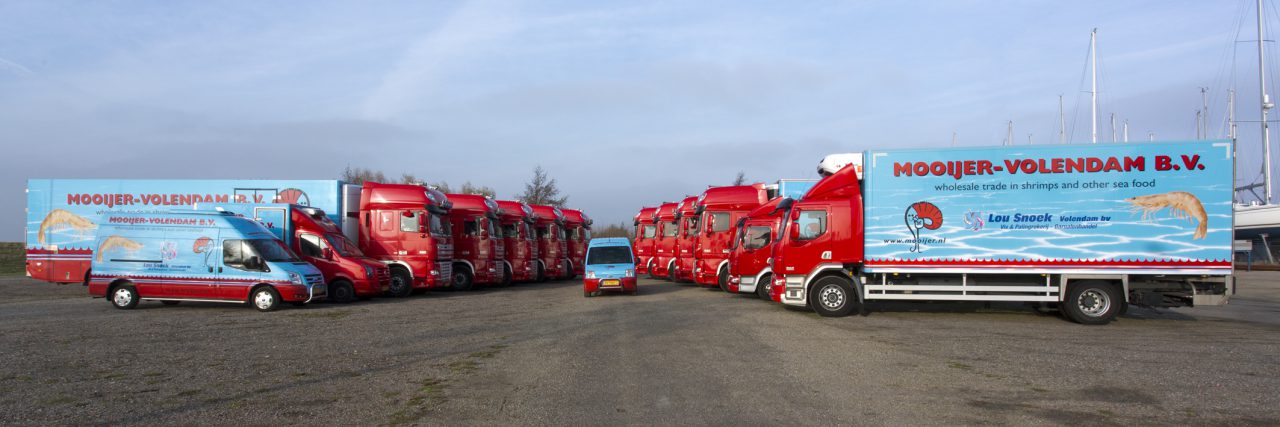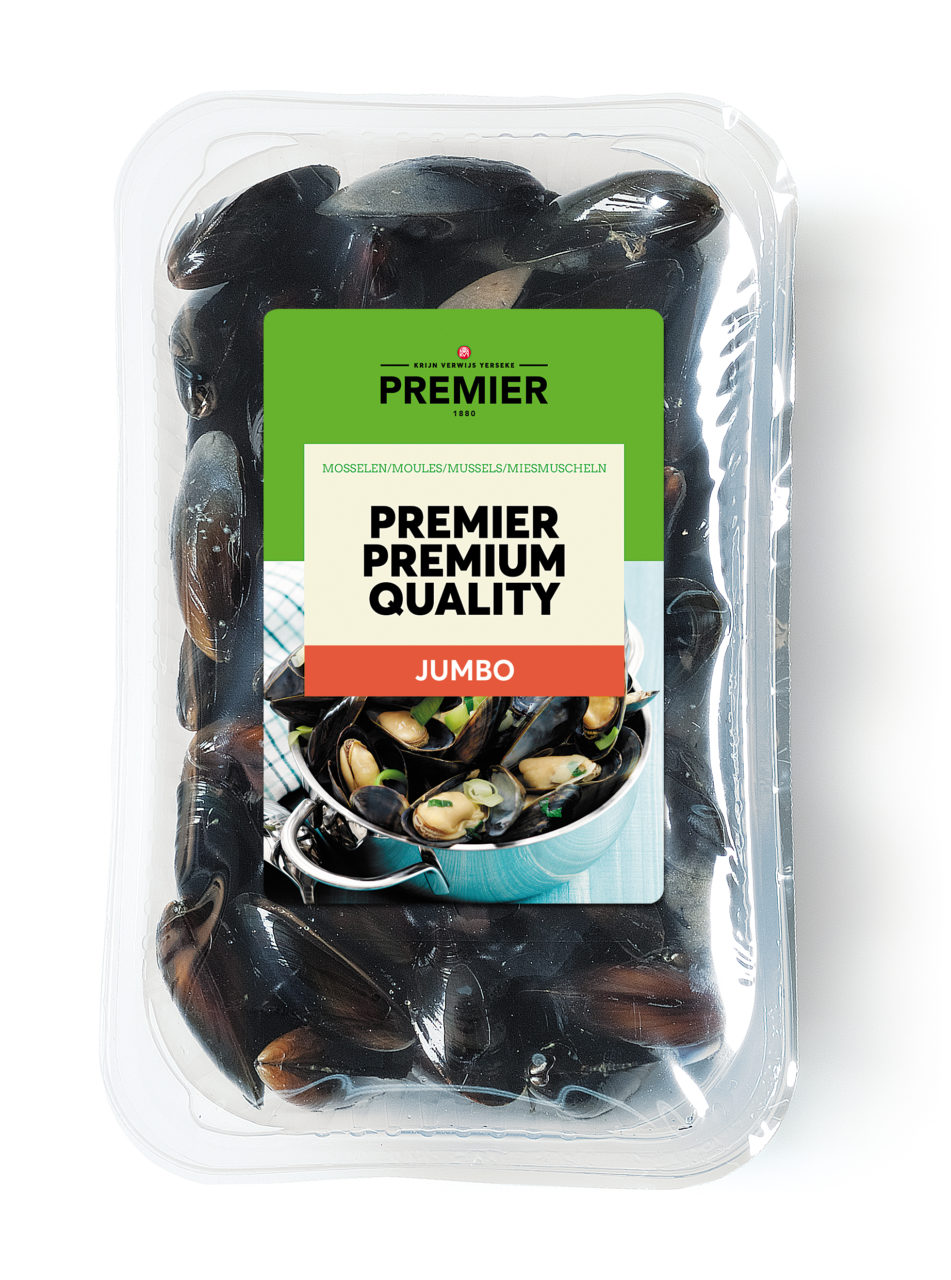Nederlands
English
Deutsch
Français
MUSSELS: THEY ARE BACK AGAIN! (Mosselen: ze zijn er weer!), meaning, it’s that time of the year again. It’s an annually recurring statement that is familiar to almost all Dutch people.
Given that mussels are becoming increasingly popular in the Netherlands, we provide you with all the information you need about Zeeland mussels in this article. The different types of mussels, when mussel season starts and the different mussel sizes. It is all described in detail for you.
The topics discussed in this article:

We, Dutch people, are, of course, not the only people who enjoy mussels. The ‘Zeeland black gold’ is also very popular in France and along the Belgian coast. In coastal towns such as Knokke, Blankenberge and Ostend, very few restaurants do not have mussels on their menu.
Worldwide, approximately 700 million kilos of mussels are farmed every year, of which roughly 57 million kilos are farmed in the Netherlands. The majority of our mussels are exported to Belgium and France.
Mussels intended for human consumption are mostly farmed. In the Netherlands, these farming areas can be found in the Oosterschelde and the Wadden Sea. However, the entire farming process starts with wild-caught mussels, the so-called seed mussel.
Seed mussels are small mussels that are caught in the Wadden Sea. As seed mussels are caught in the wild, strict rules apply to this wild catch. Every year, a new decision is taken on how many seed mussels may be caught, based on the population. This prevents these mussels from being overfished.
Once all the seed mussels have been collected, they get transferred to the farming plots within a few weeks. On these mussel farming plots, the mussel larvae are grown into large consumable mussels. It takes about two years for the mussels to get big enough to eat.
The difference between bottom culture and suspended culture mussels is the method of farming. As the name suggests, bottom-culture mussels live and grow at the bottom of the farming plots. Bottom culture mussels are the most popular of the two. The start of ‘the mussel season’ is based on quality and the sales launch of the bottom culture mussels.

Suspended culture mussels are mainly sold during early spring. At this stage, the bottom culture mussels are not yet of good quality. Suspended culture mussels are farmed in Zeeland and do not live on the seabed but hang in nets.
Due to these mussels getting more sunlight in these so-called ‘socks’ than on the bottom, they grow faster. That also makes them more suitable for consumption, and this way, we can enjoy suspended culture mussels as early as spring.
As mentioned above, the significant difference between the two types of mussels is the manner of farming. There is little difference in taste. However, the price of suspended culture mussels is higher than that of bottom culture mussels. Naturally, this boosts the popularity of the bottom culture mussels.
The start of the mussel season is also the start of the sale of the bottom culture mussels. By the second week of July, the mussels should have reached a meat percentage of more than 34% and are thus suitable for consumption.
The mussel season runs from July to April. However, this has not always been the case. There used to be a rule of thumb that mussels were available when the month contained the letter ‘R’. The fact that mussels were not sold in the warm months of July and August at that time was more due to technical reasons.
The story is that mussel traders preferred to sell their mussels in the colder months due to refrigerated transportation being a big problem at the time. You can imagine that transporting mussels without refrigeration in the warm summer months is not beneficial to their quality. That is no longer an issue nowadays, and many people enjoy mussel parties with their friends in the warm summer months.

Now that the difference between bottom culture and suspended culture mussels is clear, we still have to unravel the mystery of the different mussel sizes and their names. In general, we distinguish five different mussel sizes:
Goudmerk mussels
The largest size is the Goudmerk mussel. The shells of these mussels are the largest and they are therefore also the most expensive. Although the price per kg of this mussel size is the highest, fewer mussels go into a kilo container.

Jumbo mussels are the second largest size and also the most popular. The price per kg is lower than that of the Goudmerk mussels, even though the shells are almost about the same size.
The Imperial mussels are medium-sized. This size range lies exactly between the popular Jumbo and Super Mussel sizes.
Super mussels are ideal for people who love eating mussels but don’t want to spend a fortune. They are not the smallest mussel size, but you will pay a lot less per kg compared to the Goudmerk or Jumbo mussels.
Lastly, we have the smallest mussel size: Extra mussels. Despite being the smallest mussel size of all, Extra mussels also have their advantages. First of all, you pay the least per kg. Secondly, a kg of these mussels also contains the largest quantity of mussels, because the shells are so small.
The five different sizes available means that there is something for everyone. The size of the mussel is based on the size of the shell. However, the shell size does not influence the mussel meat inside the shell. So it is certainly not a foregone conclusion that the largest shells also contain the most mussel meat.
The mussels mentioned above are, of course, for sale at Mooijer-Volendam. As a fish wholesaler, we place high standards on our quality. With us, you can rely on the highest product quality. In addition, the reliability of our transport and personal sales is an important aspect at Mooijer-Volendam.
Are you looking for good quality mussel products? Then you’ve come to the right place. As a wholesaler, Mooijer-Volendam sets high standards for its quality, as do we with all our products. Our clients can rely on AAA product quality, something that our clients also demand from us.
That is why more and more clients know how to find us as a catering wholesaler or as a wholesaler for fishmongers, speciality stores and large retailers.
Are you curious about all our mussel products?